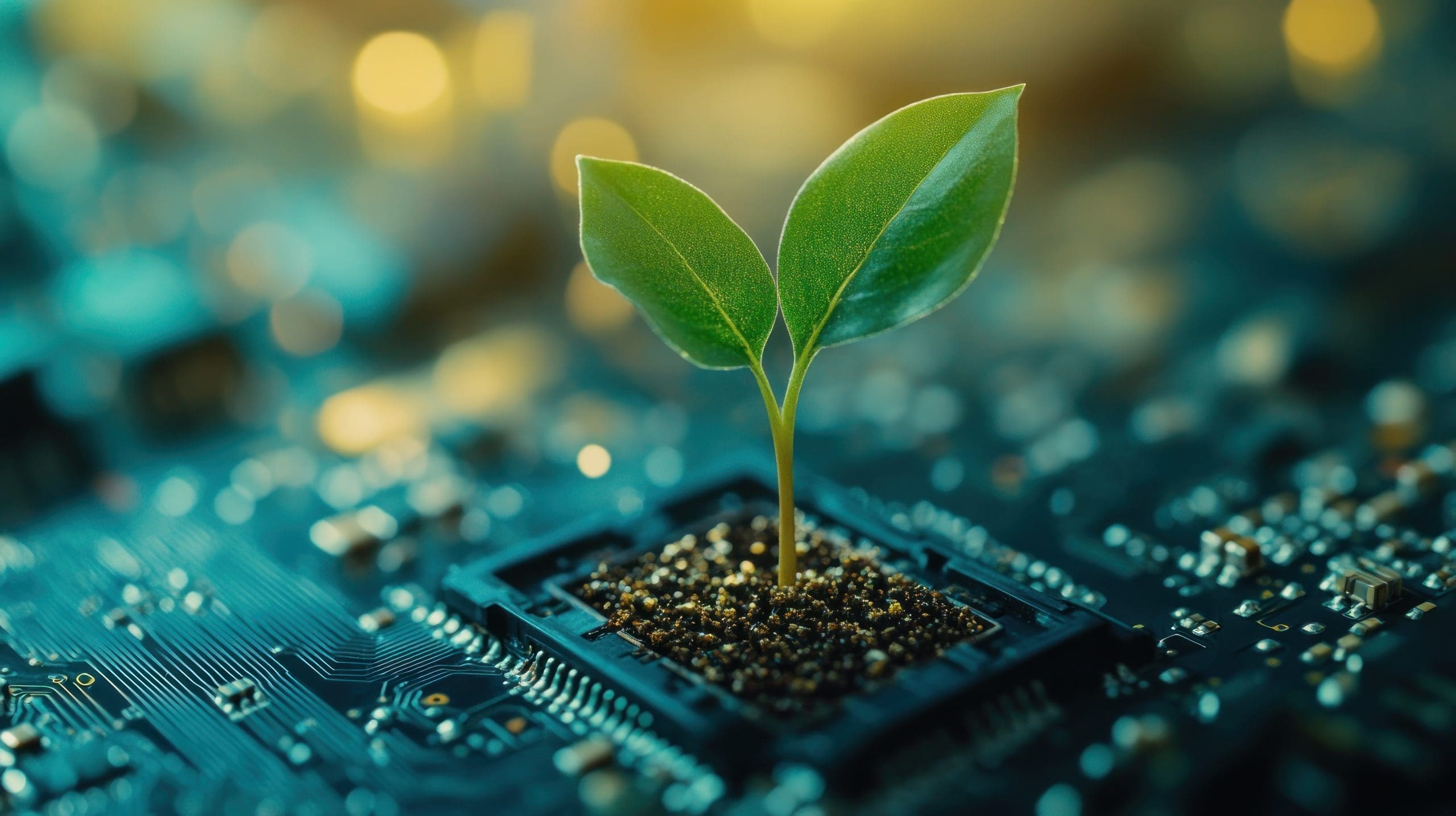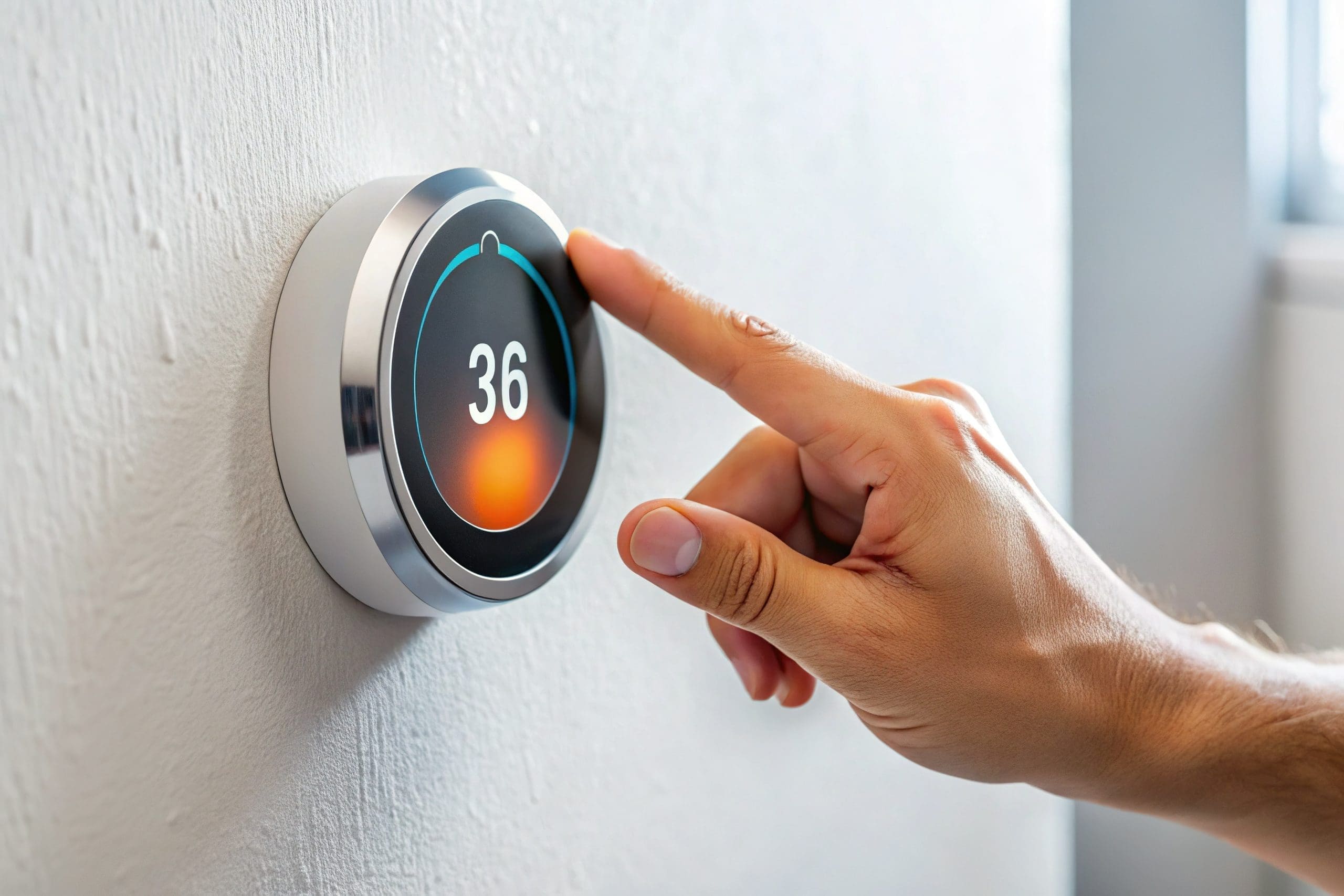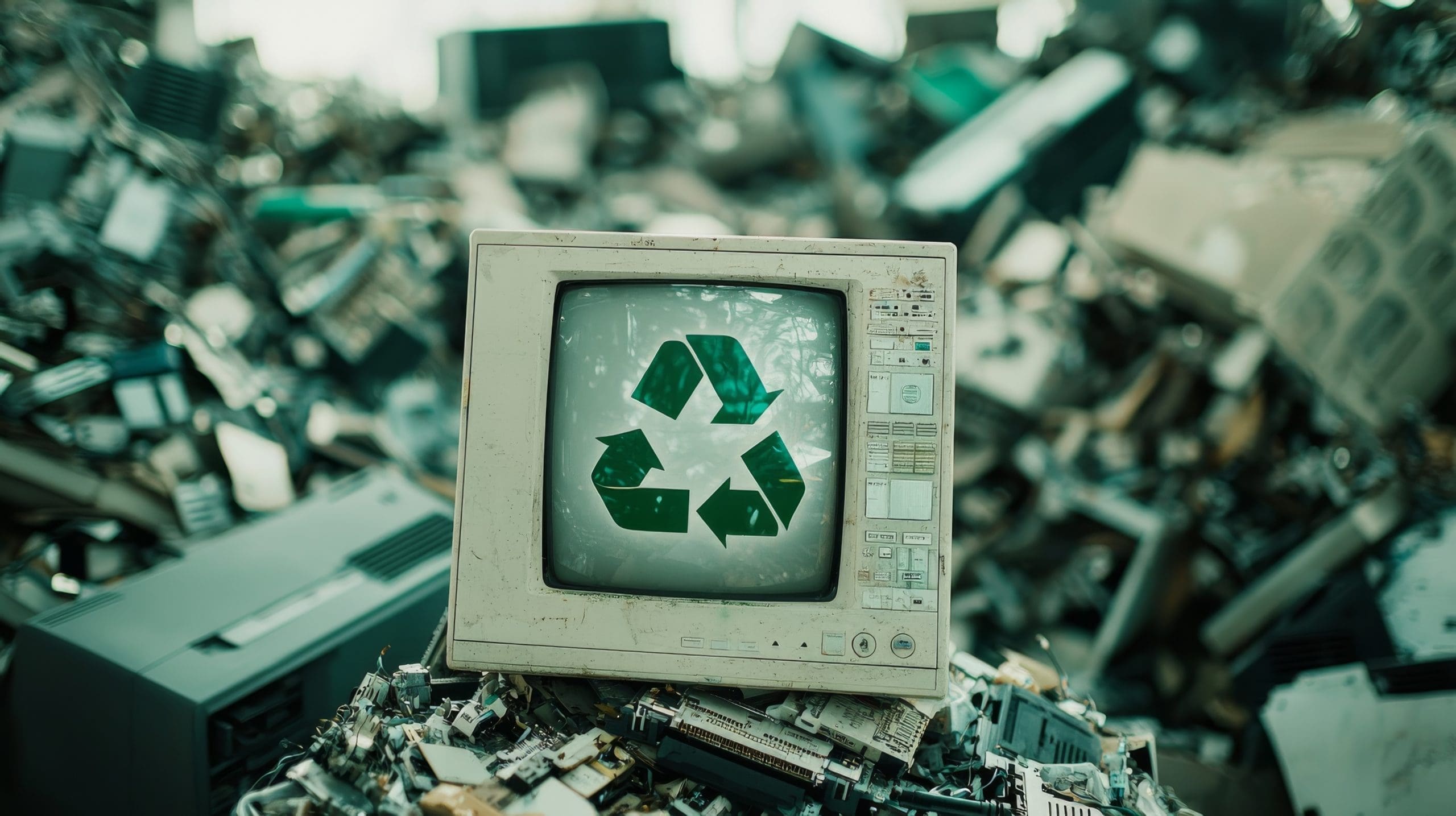
Sustainability isn’t just about large corporations cutting emissions or inventing the next big thing in green tech. It’s something we can all take part in every day—and believe it or not, technology is one of the easiest ways to make meaningful changes. From the devices we own to the way we commute; even small adjustments can have a big impact on building a more eco-friendly future.
The best news? You already have access to many of the tools you need to get started.
1. Energy-Efficient Appliances
Your household appliances and lighting aren’t just tools of convenience—they’re also some of the heaviest hitters when it comes to your energy usage. If you haven’t already, consider switching to energy-efficient appliances and LED lighting. Modern refrigerators, washing machines, and dishwashers with Energy Star ratings are engineered to consume significantly less electricity and water than older models. Not only does this reduce your environmental impact—it lowers your utility bills too. For instance, an Energy Star-certified fridge uses up to 15% less energy than non-certified versions, making it a win-win for your pocket and the planet.
Lighting is another area that gets overlooked but has huge potential. LED bulbs don’t just use 75% less energy than traditional incandescent bulbs—they can last up to 25 times longer! Imagine drastically cutting down the number of bulbs you need to replace over the years.
Pro Tip: Look out for appliances with built-in eco-modes or energy-saving settings. For example, some washing machines use advanced sensors to calculate the exact amount of water and energy needed for your load size, further minimizing waste.
2. Smart Home Technology

Smart home technology makes energy savings almost effortless, automating many of the tasks we forget to do manually. Devices like smart thermostats, including popular models like Nest and Ecobee, learn your daily patterns and adjust the temperature accordingly. They prevent energy waste by keeping your home comfortable when you’re there but scaling back heating or cooling when you’re out.
Plugged-in electronics like gaming consoles, chargers, or coffee makers still draw power even when they’re turned off. But with smart plugs, you can schedule these “energy vampires” to power down completely when they’re not in use. For instance, a connected outlet can turn off your TV and sound system every night without you lifting a finger.
Pro Tip: Most smart gadgets come with smartphone apps, allowing you to monitor and tweak your home’s energy settings no matter where you are. Leaving the lights on when rushing out in the morning? No problem—turn them off remotely.
3. Electric Vehicles and Ride-Sharing Apps
Transportation is a major contributor to greenhouse gas emissions, but evolving technology is helping us travel smarter and cleaner. Switching to an electric vehicle (EV) or hybrid car can significantly shrink your carbon footprint. EVs produce zero tailpipe emissions, and many models now offer ranges of 300 miles or more on a single charge. Plus, governments and local authorities often provide tax credits or rebates to make EVs more affordable.
If buying an EV isn’t in your budget, ride-sharing apps and carpooling can still help. Platforms like Uber Pool, Lyft Shared, or Waze Carpool make it easy to split rides with others traveling in the same direction. Fewer individual cars on the road means fewer emissions and less traffic congestion for everyone.
Pro Tip: If you’re not ready to ditch your current car, start with small changes. Combine errands into a single trip or use a bike or public transport when possible. Every effort adds up!
4. Sustainable Shopping Solutions

Your smartphone is more than just a communication device—it’s a powerful ally for sustainable living. Thanks to apps like Good on You, you can easily check how eco-friendly your favorite fashion brands are before making a purchase. These apps often provide ratings for a brand’s environmental practices, labor policies, and animal welfare standards, helping you shop responsibly.
Food apps like OLIO or Too Good to Go are fantastic tools to fight food waste. For example, Too Good to Go connects users with local restaurants, bakeries, and grocery stores that offer heavily discounted prices on surplus food at the end of the day. It saves you money and helps reduce how much perfectly good food ends up in the trash.
Even online shopping can be greener. Many retailers now offer consolidated shipping options, where your purchases are grouped into fewer deliveries. This reduces the number of delivery vehicles on the road, cutting down emissions.
Pro Tip: Expand your sustainability efforts by buying secondhand wherever you can. Platforms like Poshmark, Facebook Marketplace, or eBay are perfect for snagging gently used items. You’ll divert more products from going to the landfill while saving cash.
5. Digital Tools for Paperless Living
Paper might seem harmless, but the production process takes a significant environmental toll, consuming large amounts of water, energy, and trees. The good news is that your tech devices offer plenty of ways to go paperless. Instead of printing out forms or notes, use digital options such as Google Drive, OneDrive, or Dropbox. Need to annotate a PDF? Apps like Adobe Acrobat or built-in features on most smartphones make it easy to go completely digital.
E-readers like Kindles or apps like Libby allow book lovers to access thousands of titles without physically printing anything. Plus, a virtual library eliminates the need for storage space—no more overflowing bookshelves.
Pro Tip: Encourage paperless workflows at work, too. Set up shared online folders for collaborative projects and suggest minimizing unnecessary printouts during meetings.
6. Renewable Energy Integration
 If you own a home, renewable energy sources like solar panels offer one of the most effective ways to live sustainably. Modern panels are not only more efficient than they used to be—they’re often surprisingly affordable, thanks to tax breaks and incentives in many regions. Solar energy can power everything in your house, from appliances to electric cars, while dramatically reducing your dependency on fossil fuels.
If you own a home, renewable energy sources like solar panels offer one of the most effective ways to live sustainably. Modern panels are not only more efficient than they used to be—they’re often surprisingly affordable, thanks to tax breaks and incentives in many regions. Solar energy can power everything in your house, from appliances to electric cars, while dramatically reducing your dependency on fossil fuels.
Even if installing solar panels isn’t an option, you can still make a difference by choosing a renewable energy supplier. Many electricity providers now allow you to switch to wind or solar energy plans without additional equipment.
Pro Tip: Pairing renewable energy options with your energy-efficient appliances maximizes their impact, ensuring you’re doing the most with the clean energy you’re sourcing.
7. Apps to Track and Reduce Your Carbon Footprint
Taking control of your carbon footprint starts with understanding where it comes from. Apps like Joule Bug, Eco Buddy, or Aerial are designed to help with exactly that. These platforms analyze your daily habits and provide personalized suggestions for improvement. For instance, you might receive reminders to turn off lights in unused rooms, drink from reusable bottles, or even try composting leftover food.
Some apps go a step further by gamifying sustainability. They award points for eco-conscious actions, like biking to work, and encourage you to compete with friends or coworkers to make saving the planet both rewarding and fun.
Pro Tip: Keep your goals realistic and manageable. Focus on changing one habit at a time—whether its reducing water use or cutting down on single-use plastics.
8. Recycle Your Tech Responsibly

Upgrading to the latest gadget is exciting, but what happens to your old devices when you’re done with them? Electronics contain materials like metals and plastics that are highly recyclable, yet millions of devices end up in landfills yearly. Recycling technology ensures that these valuable materials can be reused and prevents harmful chemicals like lead and mercury from leaching into the soil.
Many tech brands like Apple, Samsung, and Best Buy offer trade-in and e-waste recycling programs. If you’re unsure where to start, look for local drop-off points or community events dedicated to electronic waste collection.
Pro Tip: Before recycling, see if your old device still has life left in it. Consider donating it to a charity, school, or someone in need.
Small Steps Lead to Big Impacts
Sustainability doesn’t mean overhauling your life overnight. It’s about taking conscious, small steps that gradually make a big difference. By focusing on what you can achieve with the technology you already have, from smart thermostats to food-sharing apps, you’re setting yourself up for long-term success.
Why not start today? You could swap out your old light bulbs for LEDs, download a new sustainability app, or explore ride-sharing the next time you commute. Every small change matter, and the tools to make them are now at your fingertips. It’s time to unlock the potential of everyday technology and create a brighter, greener future together!
Share this Post





